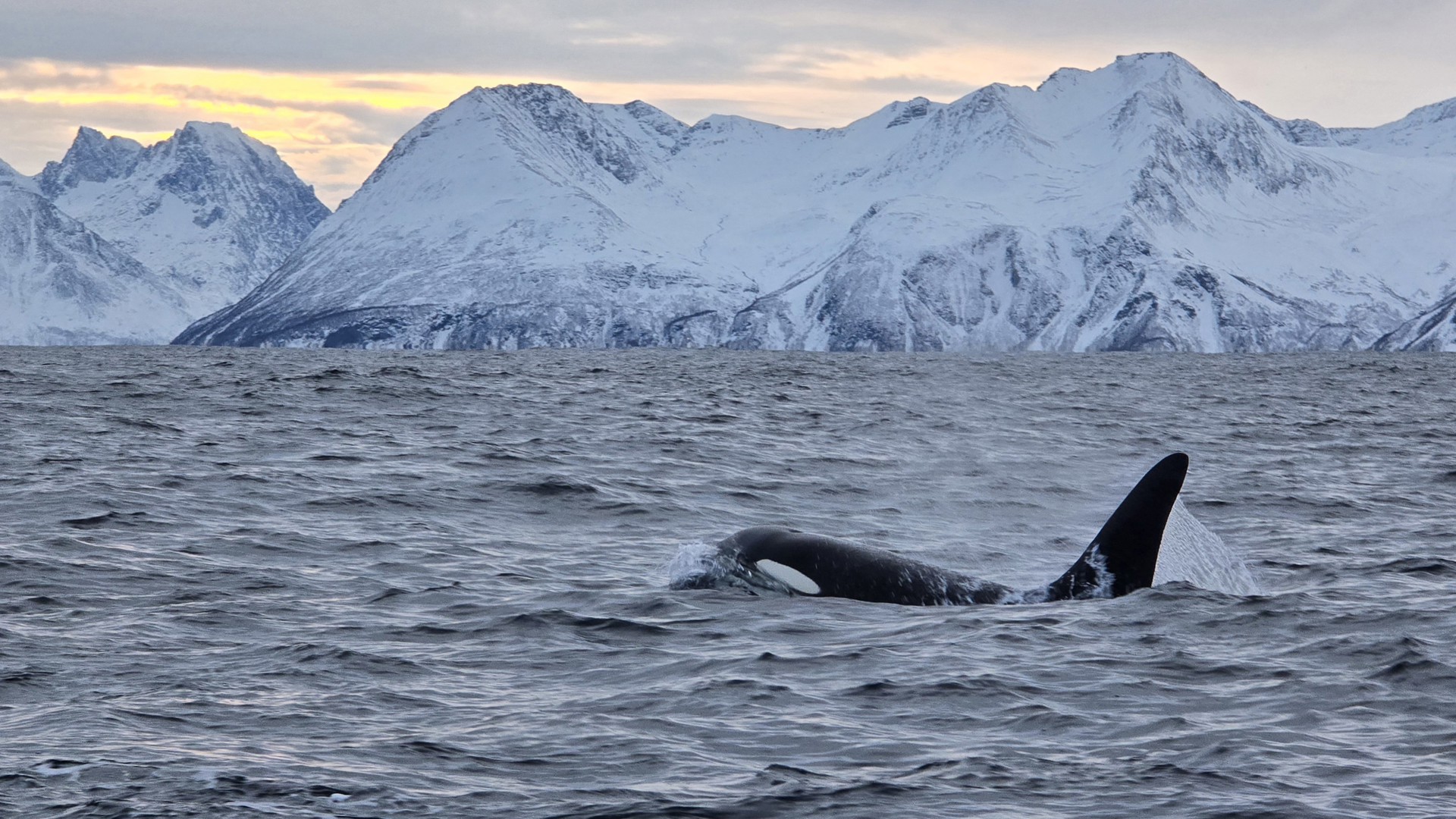We have now concluded a magical season with M/S Stockholm in the North Norwegian fjords. So many unforgettable moments – from incredible encounters with orcas and humpback whales to the majestic northern lights dancing across the sky. The enchanting landscape, constantly shifting in colours, and not least the warm, family-like atmosphere on board our classic small ship, made each journey unique.
A hugh thank you to our amazing guides, Christian Engelke and Beau Pruneu, the dedicated crew of M/S Stockholm, and all the guests who travelled with us. It is you who together have made our journeys unforgettable.
Photos and film clips: Christian Engelke and Beau Pruneu

